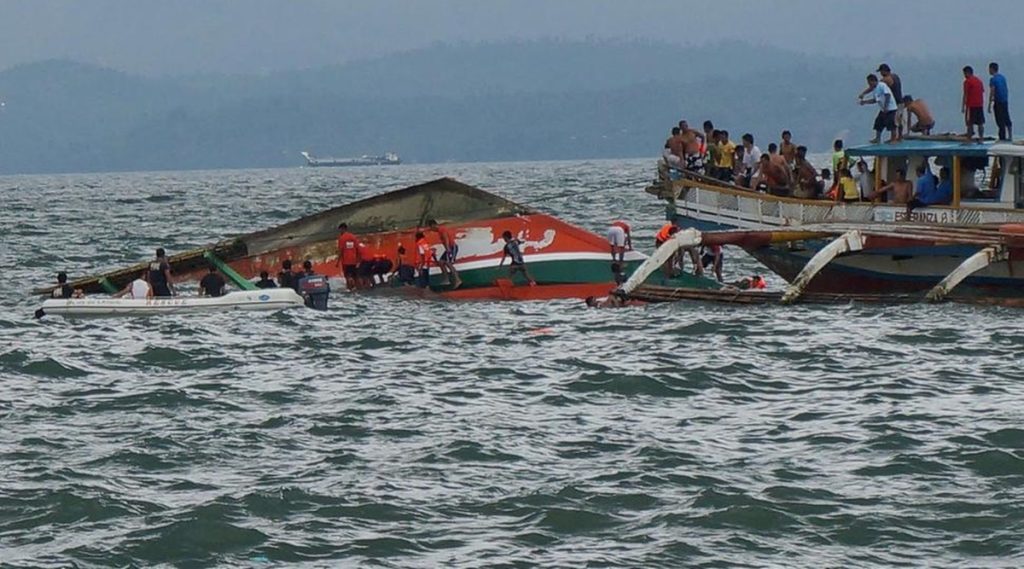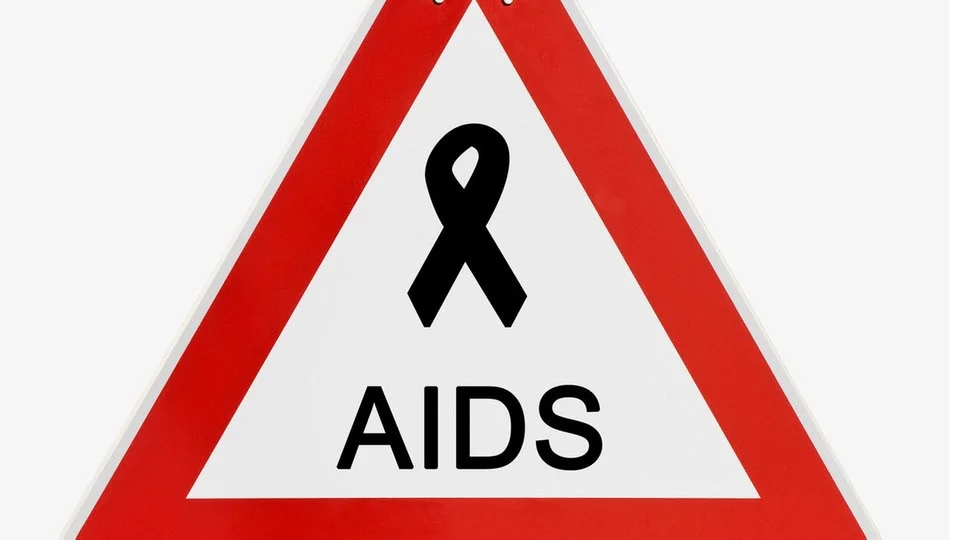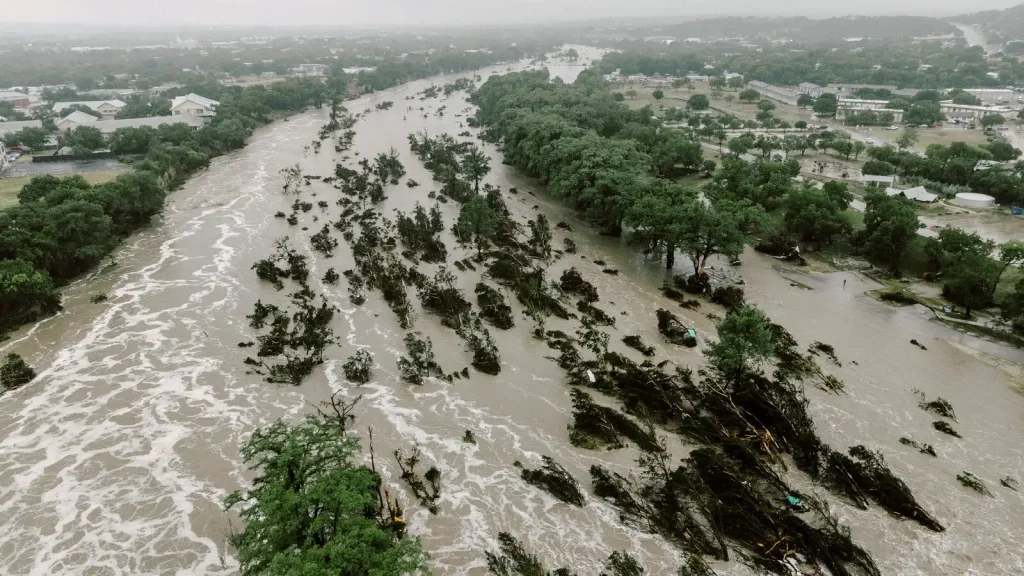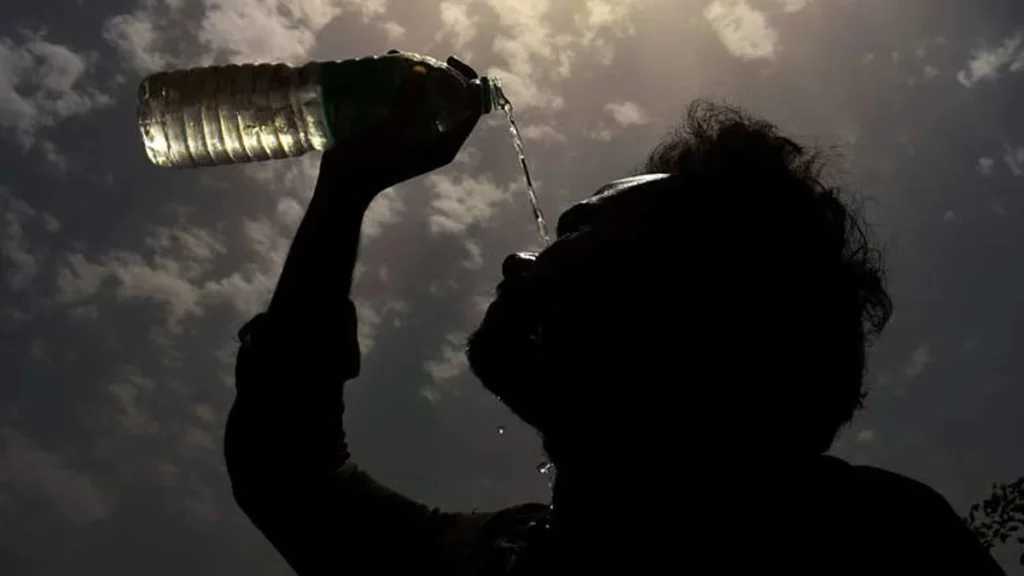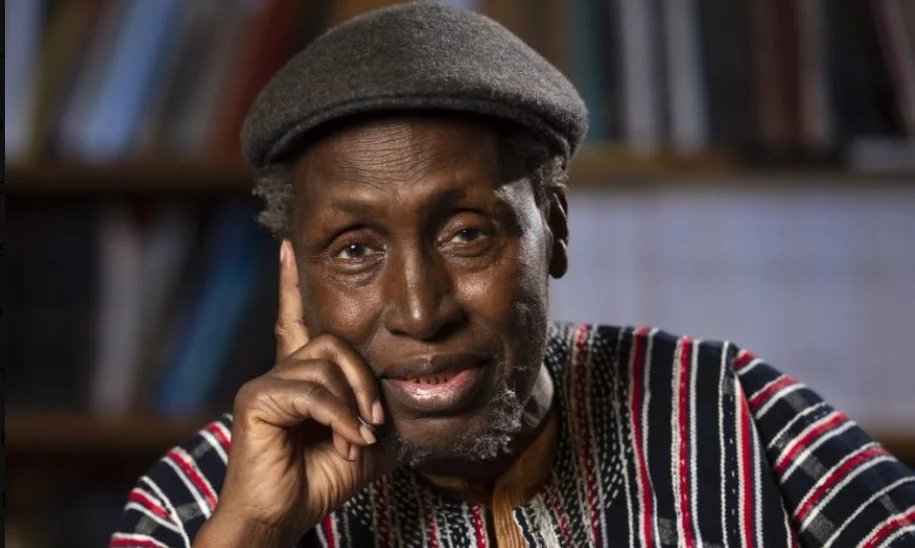In a desperate search for survivors, residents of a Nigerian community have mobilized to find dozens of people who went missing after a tragic boat accident. The incident, which has already claimed the lives of at least 28 people, has left the community in a state of shock and grief.
The accident occurred when an overcrowded boat, carrying passengers across a river, capsized suddenly. The boat was reportedly filled beyond its capacity, and when it hit a rough patch of water, it overturned, throwing everyone on board into the river.
As news of the accident spread, local residents sprang into action, organizing search parties to comb the riverbanks and waters for any signs of the missing passengers. The search, however, has been a difficult and heartbreaking one, with the rising death toll casting a heavy shadow over the community’s efforts.
Among the searchers are families and friends of those still unaccounted for, clinging to the hope that their loved ones might be found alive. They work tirelessly, despite the grim reality that with each passing hour, the chances of finding survivors diminish.
Local authorities have also joined the search, deploying boats and divers to assist in the rescue efforts. However, the swift currents and the river’s depth have made the search challenging, hampering the recovery operations.
As the community grapples with the tragedy, the rising death toll serves as a somber reminder of the dangers that come with traveling on overcrowded boats, a common mode of transport in many parts of Nigeria. The incident has sparked calls for stricter enforcement of safety regulations to prevent such disasters in the future.
For now, the focus remains on finding the missing and providing support to the families of those who lost their lives in the accident. The community remains united in their grief and determination, holding onto hope as they continue their search for answers and closure.
As the days passed, the search for the missing passengers continued with an air of urgency. The river, usually a lifeline for the community, had become a site of sorrow. The once-bustling banks were now lined with anxious faces, waiting for any news of their loved ones.
Families gathered at the water’s edge, some praying silently, others offering words of encouragement to the volunteers who bravely navigated the treacherous currents. Among them were mothers clutching the hands of young children, and elders who had seen many seasons but never such a tragedy. The atmosphere was heavy with the weight of loss and the uncertainty of what the next hour might bring.
The community leaders coordinated the rescue efforts, urging everyone to stay strong and not give up hope. They knew that every moment was precious, and they wanted to ensure that no stone was left unturned. Local fishermen, who knew the river better than anyone, led the search, using their knowledge of the currents and hidden underwater obstacles to guide the efforts.
Despite their exhaustion, the volunteers pressed on, driven by the faint possibility that someone might still be clinging to life. Each body recovered from the water was met with a mix of relief and despair—a tragic closure for some families, and a reminder for others that their loved ones were still missing.
The village elders, deeply respected in the community, held nightly vigils where they offered prayers and shared stories of resilience from the past. These gatherings provided some comfort, reminding everyone that, even in the face of great loss, the community had always found a way to rebuild and move forward.
Local authorities continued to offer support, though their resources were stretched thin. The government promised to investigate the cause of the accident and take measures to prevent future tragedies. There were calls for better regulation of river transport, particularly in ensuring that boats were not overloaded and that safety measures were strictly enforced.
As the search entered its second week, the number of missing had decreased, but there were still several unaccounted for. The community’s resolve remained unshaken, though the reality of the situation was beginning to settle in. For many, closure would only come when every missing person was found.
The tragedy had united the community in an unprecedented way. Neighbors who had barely known each other before now shared meals, comforted one another, and worked side by side. In the face of such a heartbreaking event, the strength of their bond was a testament to the power of community in times of crisis.
As the river slowly returned to its usual calm, the memories of those lost in the accident would forever be etched in the hearts of the people. The river would flow on, just as life in the village would, but the legacy of this tragedy would remain—a reminder of the fragility of life and the importance of community, safety, and vigilance.


